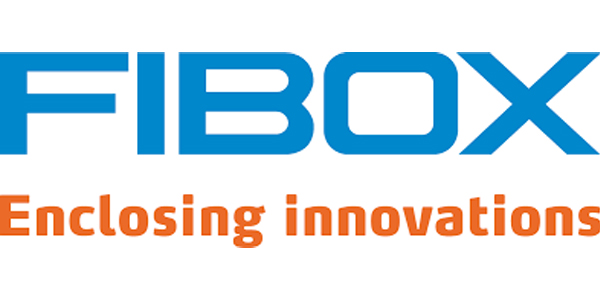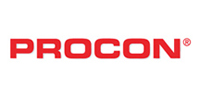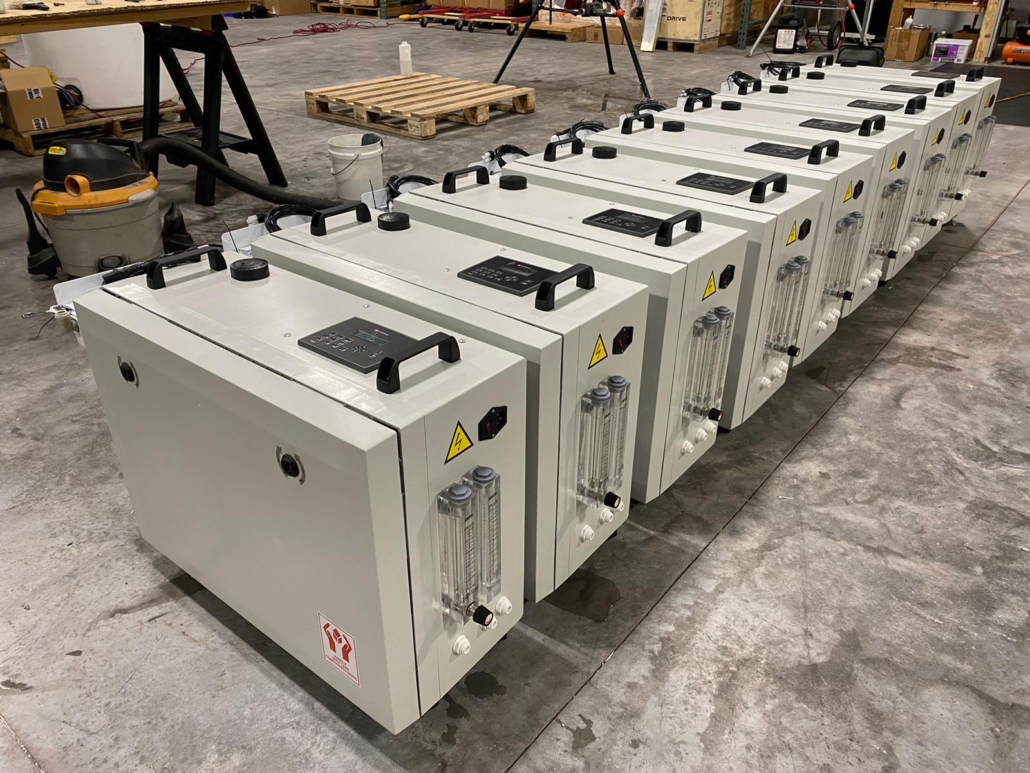Our easy to transport Mobile RO Dialysis Water treatment Unit provides the required flexibility for integration into hospital and home needs.
SPECIFICATIONS
- Weight: 65 lbs. (30kg)
- Size: 36x24x12 inch. (92x61x30 cm)
- 3/4” feed connection
- 1/4” product and recirculation connection
- 1/4” reject connection
Key Features
standard
- Monitoring screen helps to assure water product meets the require standard before and during dialysis operation.
- Emergency protection, in case of high salinity feed water or low-pressure system will react accordingly and provide message to operator.
- Provides a permeate capacity of 90 l/h.
- Automatic rinse cycles, helping to preserve water quality under control.
- Easy interphase with operator facilitates system operation.
- Water pretreatment included. It consists of sediment and activated carbon filters to remove suspended solids and residual chlorine from incoming feed water.
- Feed and permeate Water Conductivity are display for customer peace of mind making sure water meets quality standard.
- Pressure switch protects system in case of unexpected shutoff feed water supply.
WE WORK WITH WELL PROVEN COMPONENTS
TOP BRANDS IN THE INDUSTRY










Contact
For any inquiries please email
Mobile RO Dialysis Water treatment FAQ
A pump pushes water through a semipermeable membrane or filter, removing practically all pollutants, including germs and viruses.
Conventional dialysis requires the endotoxin concentration in the dialysis water and dialysate to be <2 EU/ml with an action level of 1 EU/ml (Table 2) (5,6). However, the 2011 AAMI recommendations lowered the acceptable endotoxin concentration to <0.25 EU/ml in dialysis water and <0.5 EU/ml in the dialysate (8). source
Portable Dialysis Water Systems
Patients who have reached the final stage of renal disease are commonly subjected to dialysis on a predetermined timetable. The artificial cleansing of the patient’s blood is a significant strain for the patient. Large volumes of dialysis water must be cleared from the body before toxin removal from the blood can take place. There has not been a method that is both low-cost and efficient for recovering this dialysate up to this point. For this reason, researchers at Fraunhofer are working on a cryo-purification approach that can clean the water without causing it to be lost in the process. This strategy not only cuts expenses, but it also has the potential to pave the path for a wearable prosthetic kidney by allowing for more gentle, long-term dialysis therapy while maintaining total water autonomy.
Our reverse osmosis (RO) devices are intended for consistent production output and extensive monitoring capabilities. We continue to educate our customers and staff on new AAMI and CMS regulations.


